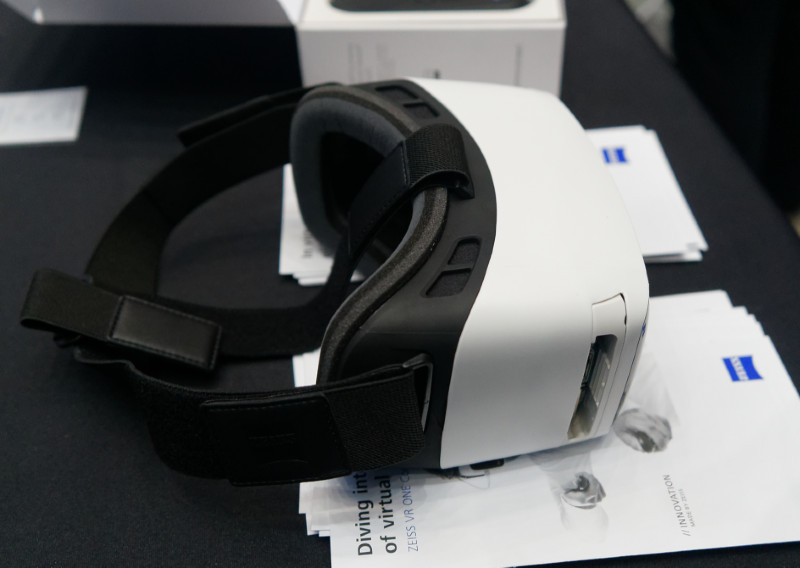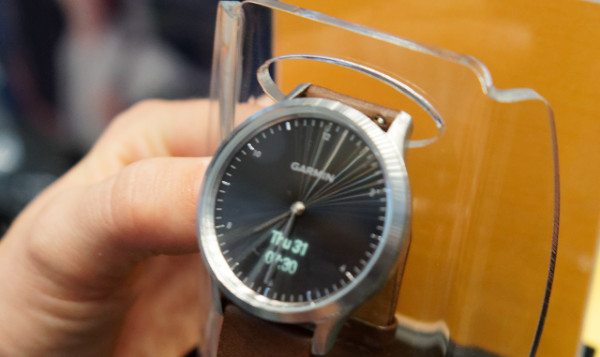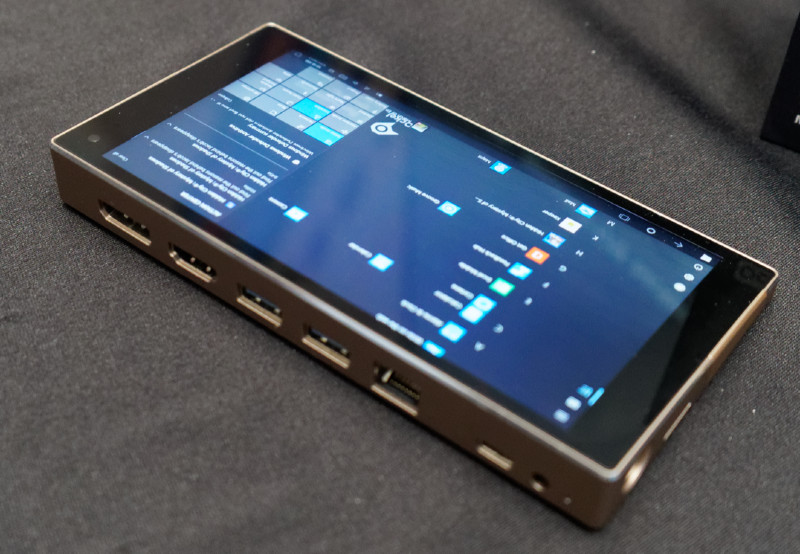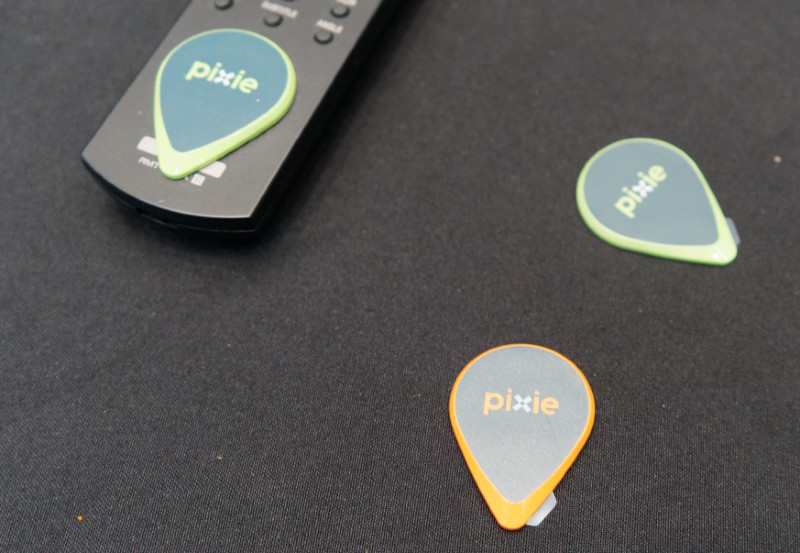The Showstoppers event took place on the evening before the show. There was a small number of exhibitors that were of interest to our readers, although many of the exhibitors were showing gadgets and IoT products.
Carl Zeiss was showing its VR One Connect at the event as well as on the main show floor. The unit is designed, like previous Zeiss headsets, to use the display in the smartphone (from 4.7″ to 5.5″). However the new version works in collaboration with a PC and allow the playing of games from the Steam platform. The headset looks after the motion tracking, rather than depending on the smartphone which reduces the processing power needed. There are also two ‘three degrees of freedom’ hand controllers that track tilt, left and right movement and rotation. They connect to the PC via Bluetooth.
The smartphone connects to the PC using USB. The headset will go on sale at the end of 2017 and will cost €129 (including tax – $129) or €199 with the controllers.
 Zeiss’s Connect One uses a PC to do calculations and a smartphone for the display. Image:Meko
Zeiss’s Connect One uses a PC to do calculations and a smartphone for the display. Image:Meko
Garmin was highlighting its VivoActive 3 hybrid smartwatch which has a touch panel display which can make it easier to use than some other devices. The touch is also active on the side of the watch. One of the big features that was being promoted was the ability to pay with the watch using NFC. The company showed us how its watch hands move out of the way to allow the small OLED display at the bottom of the watch face to be seen.
 Garmin’s VivoActive 3 is expected to be shipping at the end of Sept. Image:Meko
Garmin’s VivoActive 3 is expected to be shipping at the end of Sept. Image:Meko
MyKronoz gave us an update on developments since MWC and it explained how its hybrid smartwatch has a ‘unique and patented’ system to move the hands out of the way when you look at the electronic display. We had to explain that we had just had a very similar demonstration at Garmin! The Mykronoz watch is unusual in having a hole in the centre of the display for the watch hands to be driven through.
Ockel had a mini PC that is a full Windows 10 system with DisplayPort, HDMI, USB Type-C, USB and Ethernet and includes an integrated FullHD touch display. The PC uses an Atom x7-Z8750 processor, Intel HD Graphics 405 and up to 8GB of RAM.
 Ockel’s Sirius A runs Windows 10. Image:Meko
Ockel’s Sirius A runs Windows 10. Image:Meko
Pimax of China had an ‘8k’ VR headset that actually uses dual 3840 x 2160 panels and has a physical design that reminded us of the StarVR headset that Acer is working on. We tried the headset, which the company wants to bring to market via Kickstarter, which seemed to be more optically comfortable than when we tried the StarBreeze/StarVR last year. It is claimed to have a 200º FOV and it certainly was wide. We tried the link for the Kickstarter project, so it may be better to watch out on the Facebook page, which seems well maintained. http://tinyurl.com/ya49jdae
Pimax’s VR Headset Looked good and should be available at the end of 2017. Image:Meko
Pixie is an article tracking company that uses an AR-style app on a smartphone to show where in the room an item that is attached to a Pixie electronic tag is located. The tags cost $29 for a two pack (one attaches to the phone) or $104 for an 8 pack.
 Pixie has article tags that can be found with an A/R app. Image:Meko
Pixie has article tags that can be found with an A/R app. Image:Meko
A number of companies, including Dell and Royole were at the event but really were just trying to make sure that press came to their main booths.

